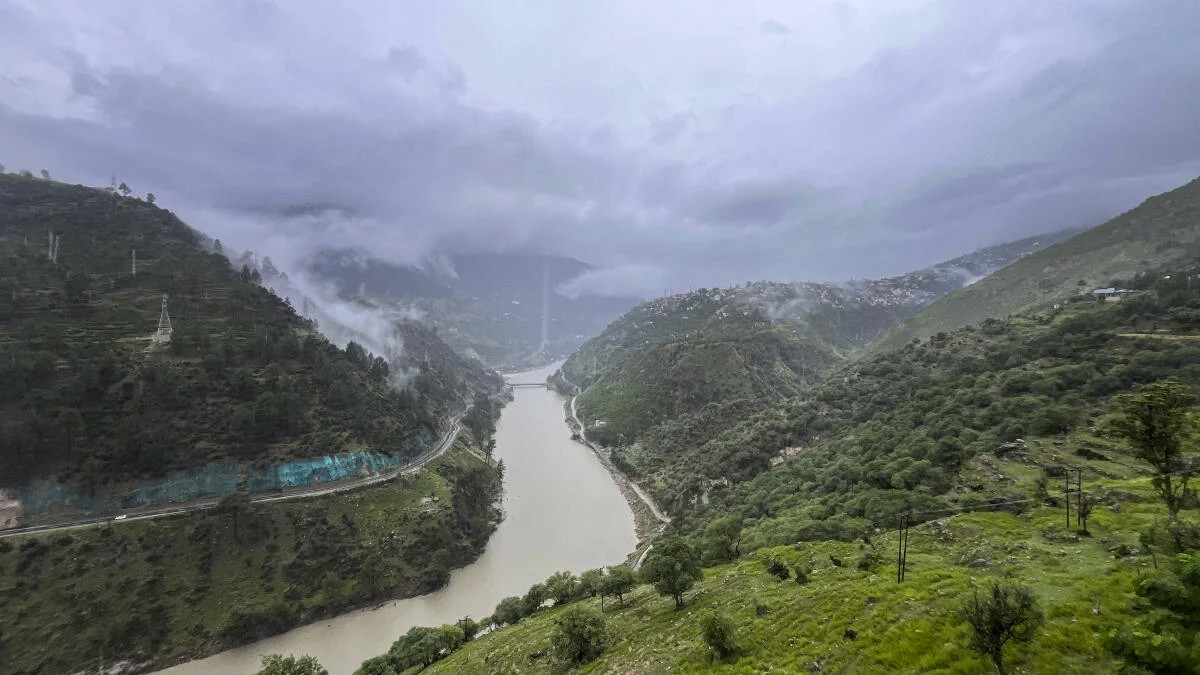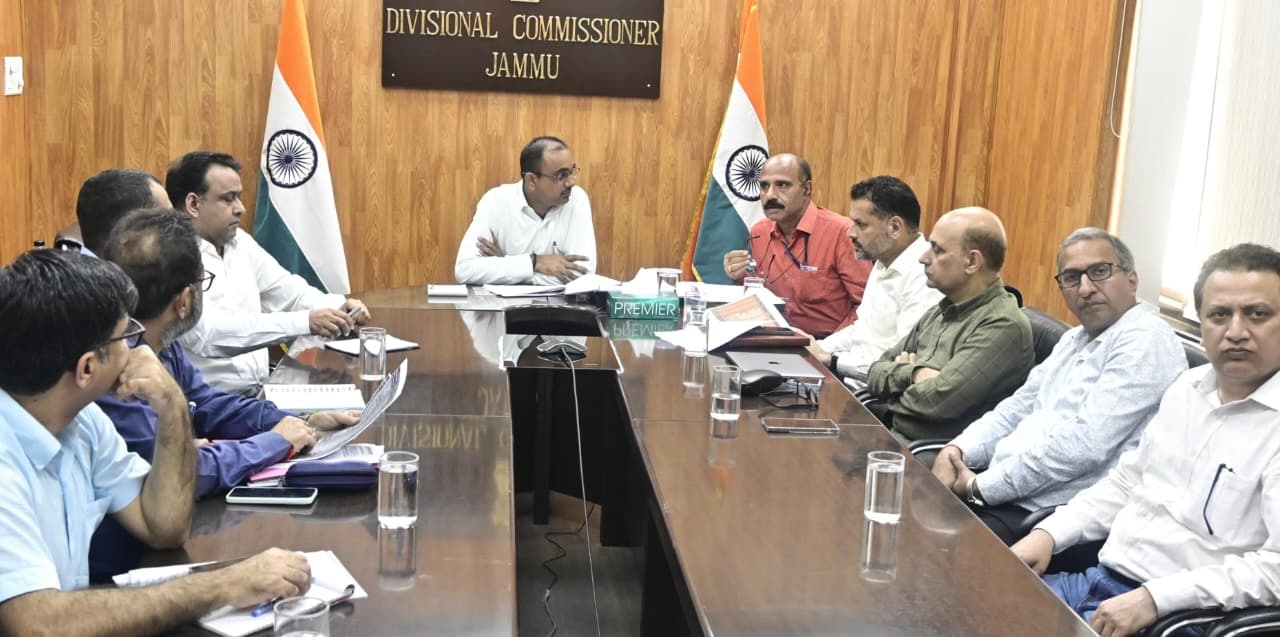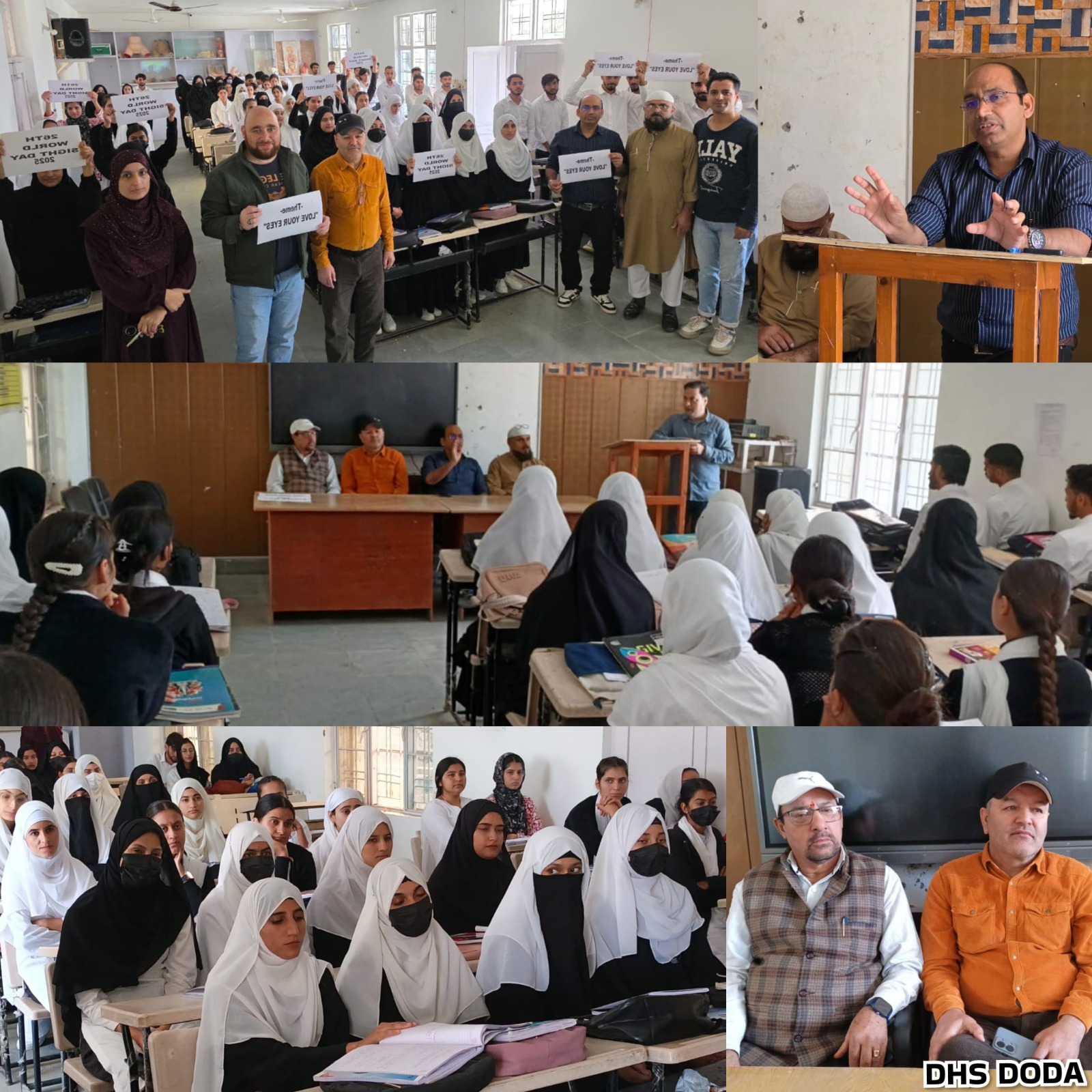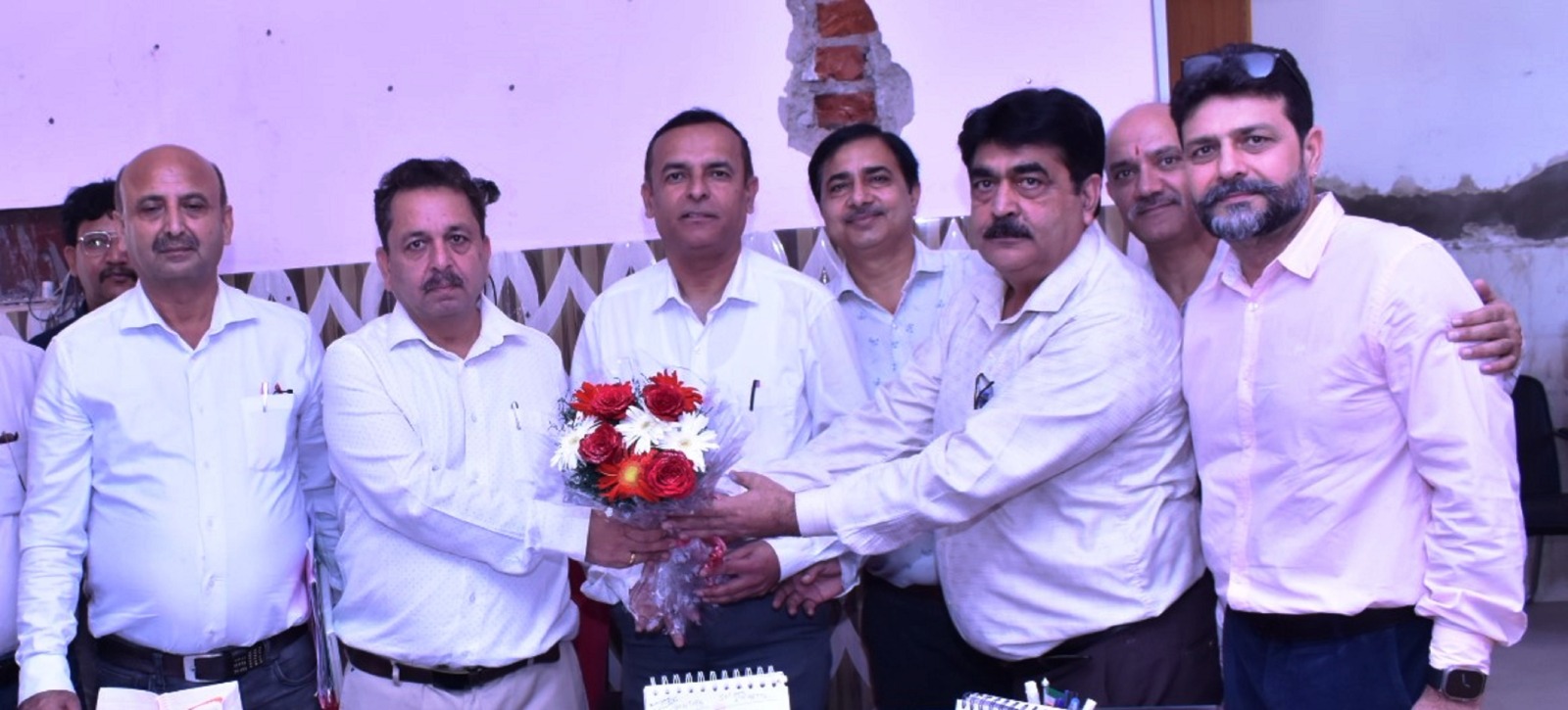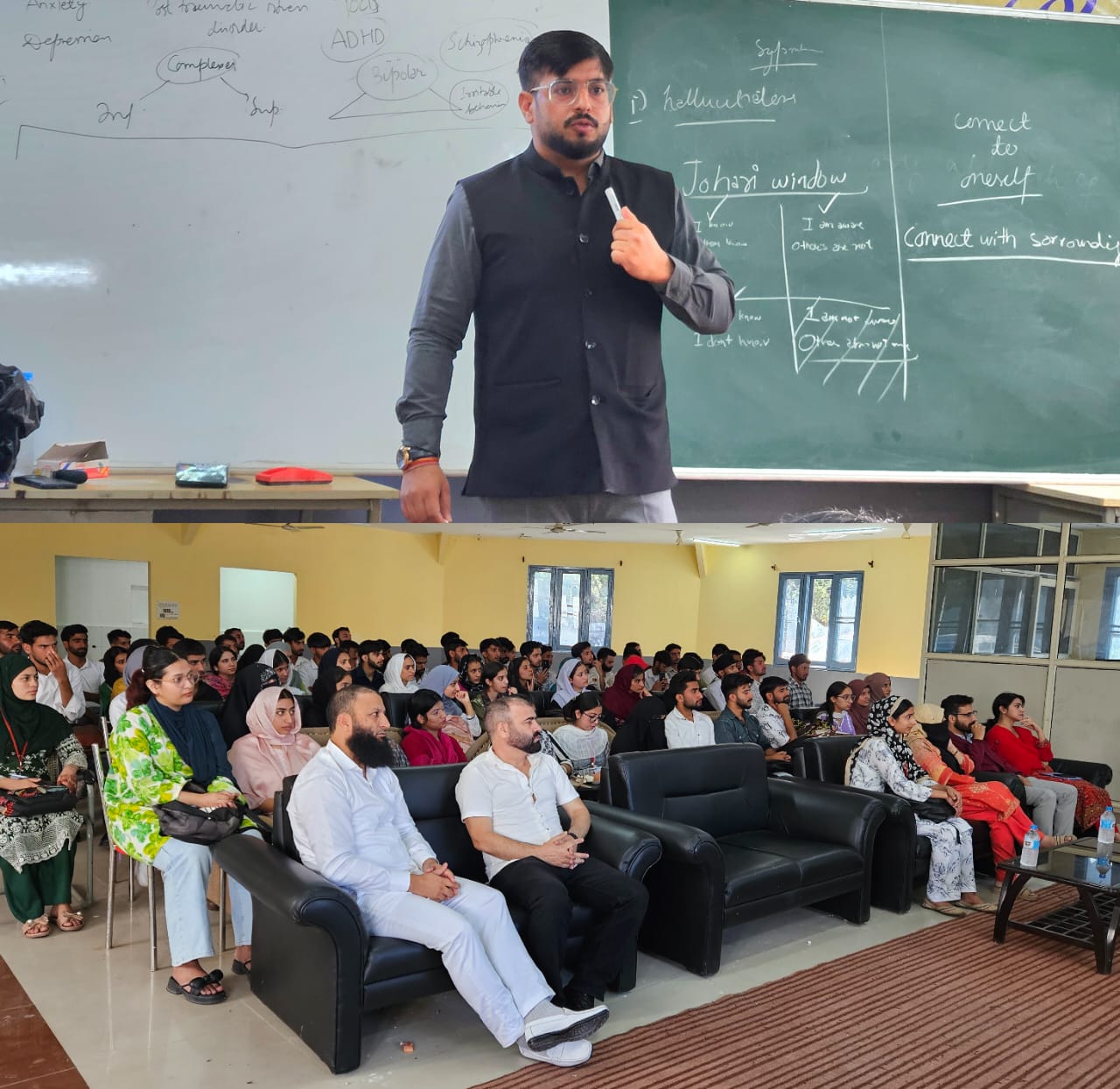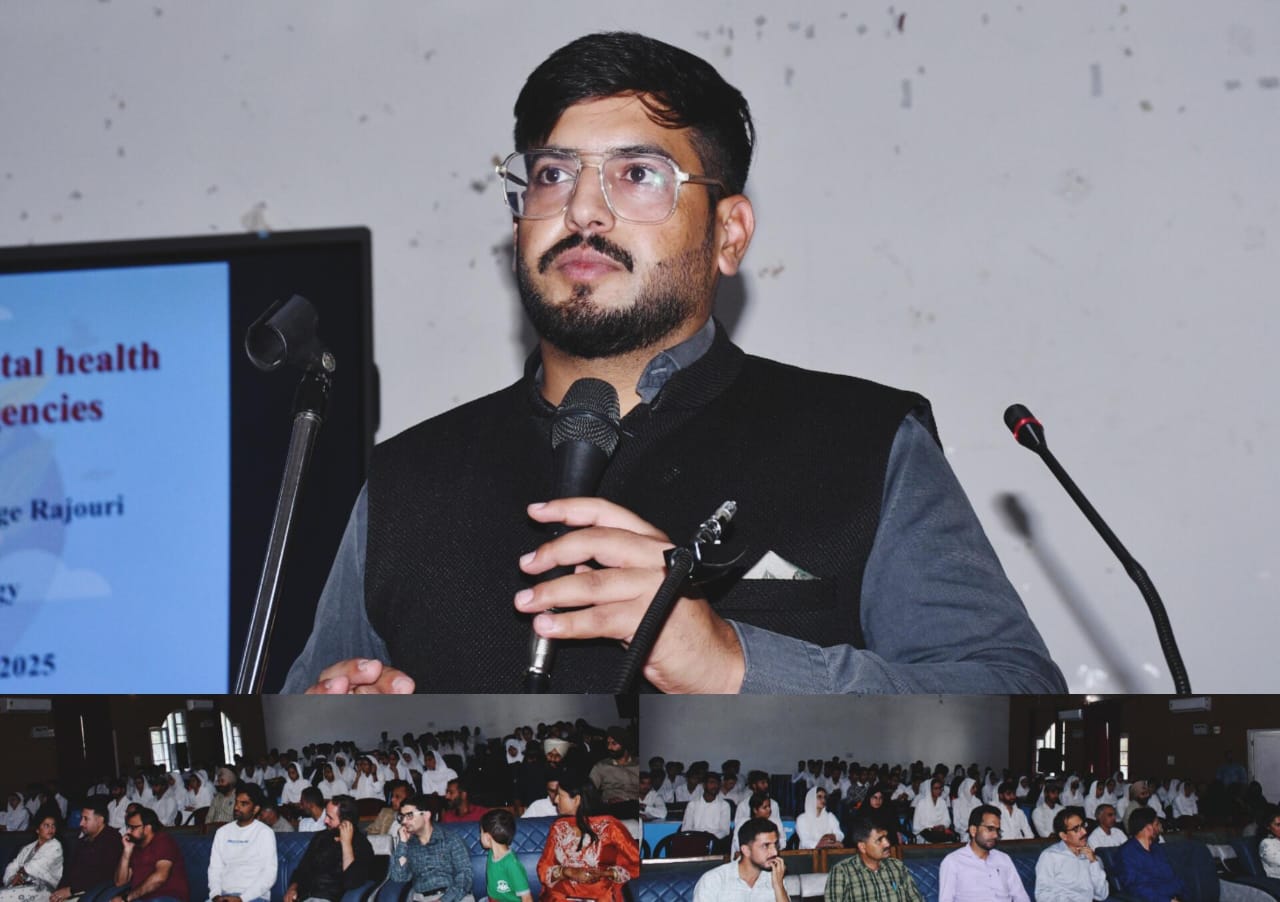Centre clears revival of 1,856 MW Sawalkote hydropower project on Chenab amid Indus Treaty suspension
New Delhi: The Centre has recommended environmental clearance for the 1,856 MW Sawalkote Hydro Electric Project on the Chenab river in Jammu and Kashmir — a strategically significant project being revived after the suspension of the Indus Waters Treaty (IWT) with Pakistan.
Stalled for nearly four decades, the Sawalkote project is one of India’s largest hydropower schemes in the Chenab basin and forms a key part of New Delhi’s efforts to fully utilise its share of western river waters under the 1960 treaty.
Its revival comes months after India announced the suspension of the IWT following the April 22 Pahalgam terror attack, paving the way for New Delhi to freely develop projects on the Indus, Jhelum and Chenab rivers.
Under the IWT, the eastern rivers — Ravi, Beas and Sutlej — were allocated to India for exclusive use, while Pakistan was granted rights over the western rivers — Indus, Jhelum and Chenab — though India retained limited rights for non-consumptive uses such as run-of-the-river hydropower generation, navigation and fisheries.
To be developed by NHPC Limited at an estimated cost of ₹31,380 crore, the run-of-the-river project will span Ramban, Reasi and Udhampur districts. It will feature a 192.5-metre-high roller-compacted concrete dam and underground powerhouses capable of producing about 7,534 million units of electricity annually. Once completed, it will be the largest hydropower project in the Union Territory, providing vital peaking power and strengthening grid stability across northern India.
Beyond its developmental value, the project also holds strategic significance — enabling India to enhance control and storage of Chenab waters, a right granted under the IWT but seldom exercised due to technical and diplomatic challenges.
The Expert Appraisal Committee (EAC) for river valley and hydroelectric projects under the environment ministry reviewed NHPC’s updated proposal on September 26. The project spans a total of 1,401.35 hectares, including 847.17 hectares of forest land, and received Stage-I forest clearance in July.
According to the EAC minutes released on October 9, no protected area falls within 10 km of the project site, with the nearest — Kishtwar High Altitude National Park — located around 63 km away.
NHPC’s revised environmental management plan now allocates ₹594 crore for mitigation and restoration — up from ₹392 crore earlier — covering catchment-area treatment, muck disposal, biodiversity conservation, and long-term monitoring of air, water, soil and aquatic systems.
The project will impact 13 villages and displace roughly 1,500 families, primarily in Ramban district. NHPC has proposed a detailed rehabilitation and resettlement plan offering housing, livelihood assistance and skill development for affected families. Around 1,500 people will be employed during construction, with about 200 technical staff retained for operations.
Public hearings held in 2016 across Udhampur, Reasi and Ramban saw residents demand fair compensation, better infrastructure, healthcare, education and free electricity, alongside concerns about forest loss and ecological impacts.
After reviewing all responses and updated environmental data, the EAC found the proposal compliant with regulatory requirements and recommended clearance with specific safeguards.
Initially conceived in the 1980s, the Sawalkote project had faced repeated delays over forest clearances, rehabilitation issues and cumulative impact studies. Both the environment ministry’s Forest Advisory Committee and the home ministry have now endorsed its clearance on strategic grounds, ruling that newer assessment norms introduced in 2013 should not be applied retrospectively to older projects.






